
Why expert believes Princess Diana could have survived her 'incredibly rare' fatal injury
According to a forensic pathologist, Princess Diana may have survived her "incredibly rare" fatal injury. 
It has been over 28 years since the world mourned the passing of the People's Princess in a tragic vehicle crash. On August 31, 1997, the 36-year-old and her companion, Dodi Fayed, were trying to get away from paparazzi in Paris when the accident took place. It is alleged that their chauffeur, Henri Paul, lost control of the vehicle at the entrance to the Pont de l'Alma underpass. The car struck another vehicle before swerving across the tunnel and colliding with a column at approximately 65 mph.
All three occupants, with the exception of Dodi's bodyguard, Trevor Rees-Jones, died in the crash. Diana tragically suffered a cardiac arrest and died from internal bleeding as a result of severe chest and lung injuries.
Now, prominent forensic pathologist Dr. Richard Shepherd has claimed that she could have survived "if only" certain life-saving actions had been taken both before and immediately after the crash. After reviewing the case's evidence for his book, Unnatural Causes, which is scheduled for release on April 18, the pathologist stated that her specific injury—a tiny tear in a vein in one of her lungs—was so "uncommon" that he had never seen it before in his career.
“Diana’s was a very small injury but in the wrong place,” he stated.
However, the doctor is keen to dispel conspiracy theories, stating that her death from the injury she sustained is "indisputable."
Nevertheless, he described Princess Diana's death as a "classic example" of an "if only" situation, emphasizing that she would have likely avoided the horrific injury "if only" she had worn a seatbelt. Dr. Shepherd wrote: "Had she been restrained, she would probably have appeared in public two days later with a black eye, perhaps a bit breathless from the fractured ribs and with a broken arm in a sling.”
According to People, Mr. Rees-Jones, the sole survivor, was the only person in the car who was buckled up, which likely helped to absorb some of the force of Diana's collision into the back of his seat.
Dr. Shepherd added that another "if only" is a matter of her sitting position, as it's conceivable that she could have survived had she struck his seat at a slightly different angle or at a slower speed. 
The second "if only" concerns her hospital care, as Diana was not immediately transported to the hospital because she appeared to be responsive. However, in reality, her ruptured vein was hemorrhaging into her chest.
Firefighter Xavier Gourmelon, a first responder on the scene, admitted that he was unaware that Diana had sustained "serious internal injuries." After revealing Diana's tragic final words to him, he told The Sun, "To be honest, I thought she would live. As far as I knew when she was in the ambulance she was alive and I expected her to live.” 
In 2004, a police investigation looked into whether the deaths were a result of an accident or if there were any suspicious circumstances. The investigation came to the conclusion that it was a "tragic accident." 
Dr. Shepherd concurred with the inquiry's findings, adding in his book: "The pathology of her death is, I believe, indisputable. But around that tiny, fatal tear in a pulmonary vein are woven many other facts, some of which are sufficiently opaque to allow a multitude of theories to blossom."
News in the same category


Family of teen who died by suicide hit back at response from ChatGPT

Keanu Reeves movie branded 'cinematic perfection' just landed on Netflix and fans are saying it's 'one of the best horror films of all time'

Putin issues blunt response to claims he's planning to attack Europe amid WW3 fears

Trump leaves people shocked claiming 'without the United States everything in the world would die'
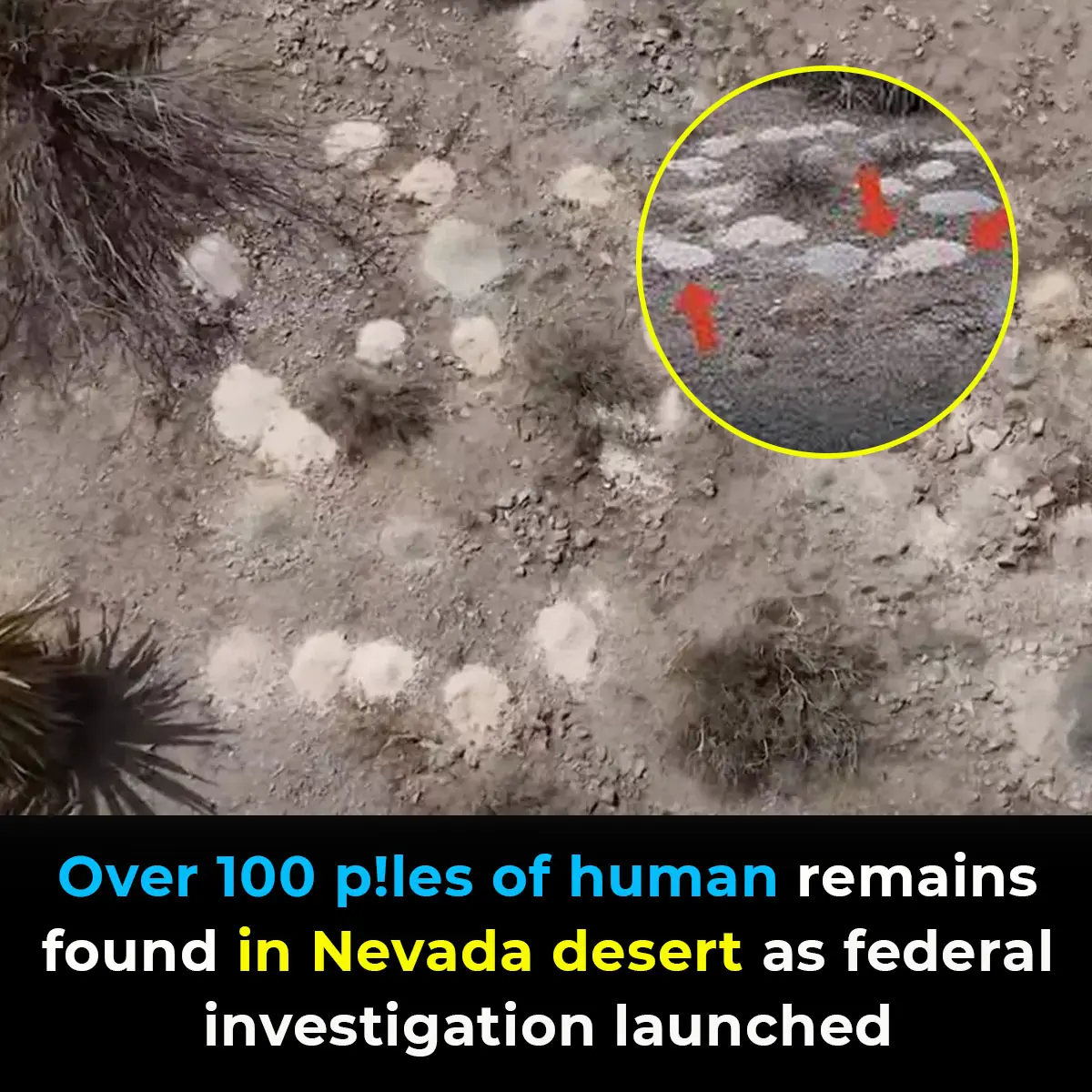
Over 100 piles of human remains found in Nevada desert as federal investigation launched

Why gel nail polish is now banned in Europe starting today but not in the US

Trump leaves people shocked claiming 'without the United States everything in the world would die'

China unveils new weapons and nuclear missiles while issuing warning at military parade
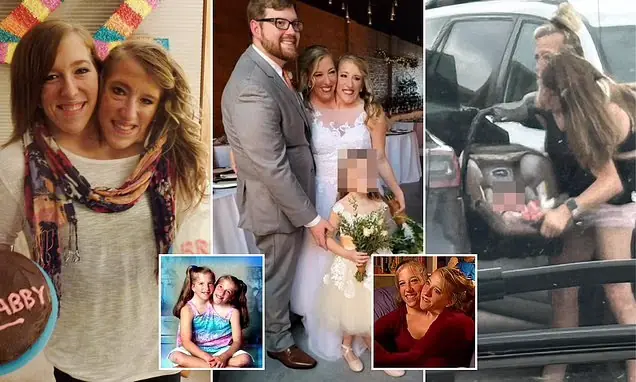
Expert reveals who would be the mother as conjoined twins Abby and Brittany Hensel are spotted with newborn baby

Katy Perry shuts down haters as she reveals staggering earnings from tour

Mom who anonymously bullied and harassed her teen daughter online for a year reveals why she did it
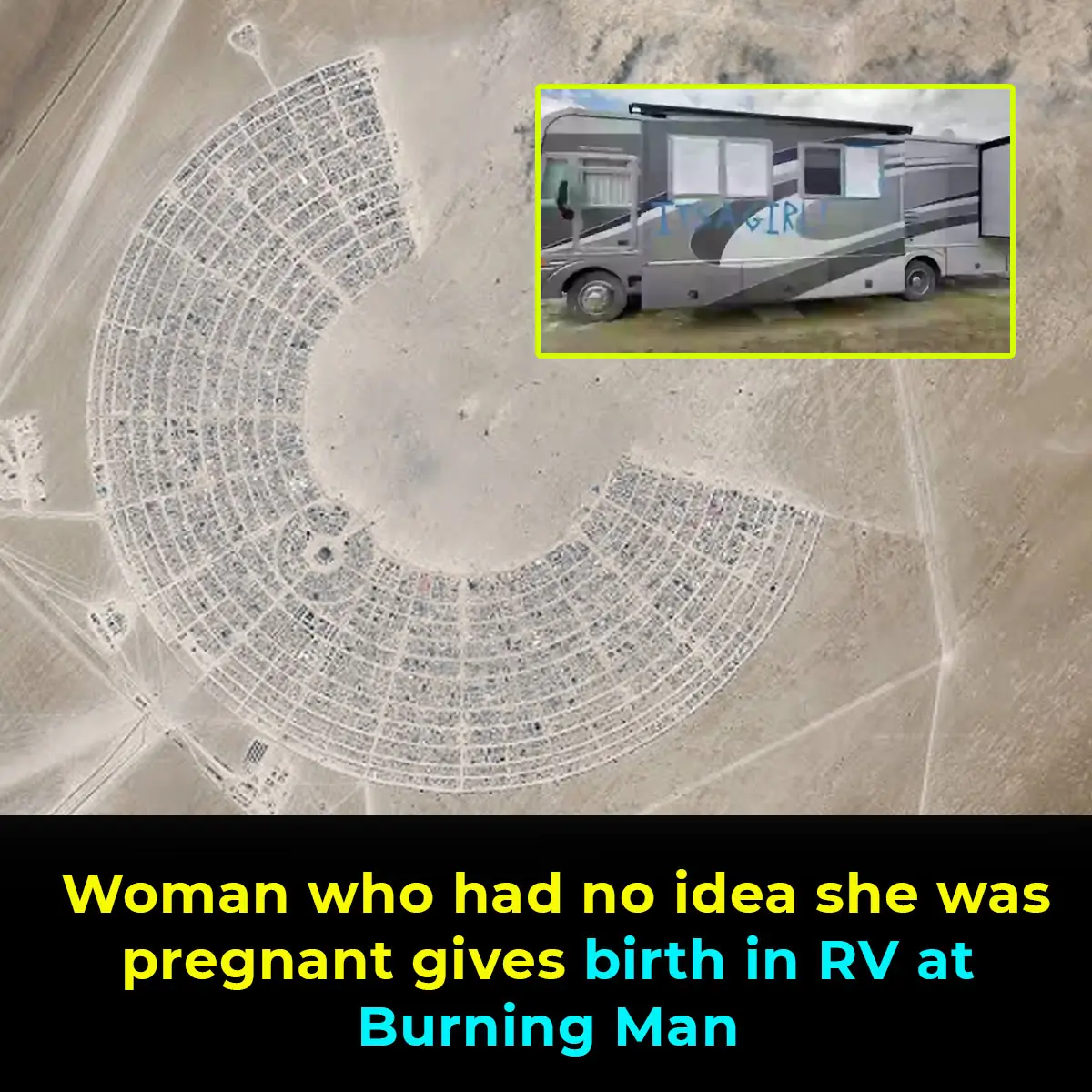
Woman who had no idea she was pregnant gives birth in RV at Burning Man
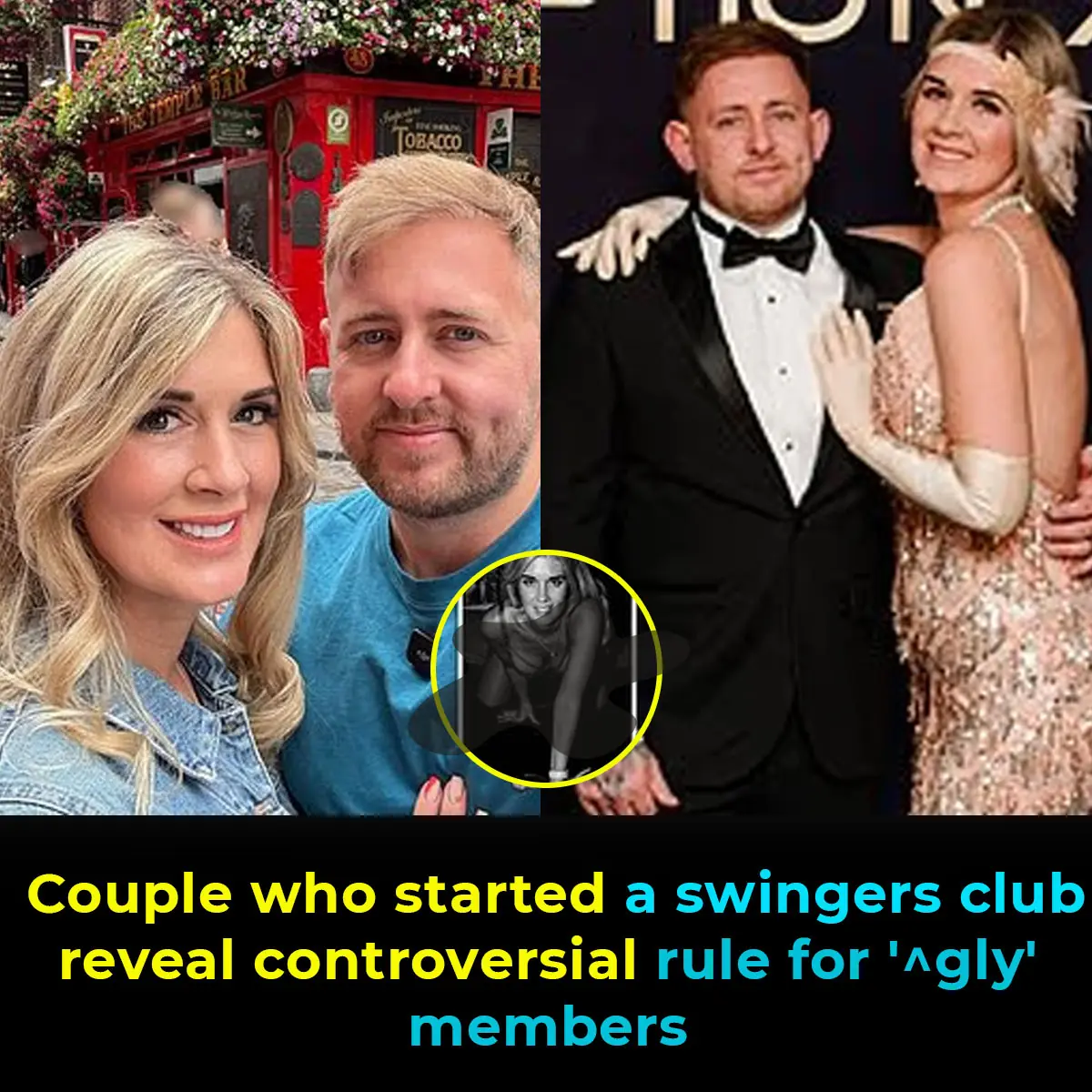
Couple who started a swingers club reveal controversial rule for 'ugly' members

College Student Killed by Her Ex in Parking Lot Before He Calls 911, Kills Himself

From 90 To 43: Latest Polls Expose Overstated Trump Popularity
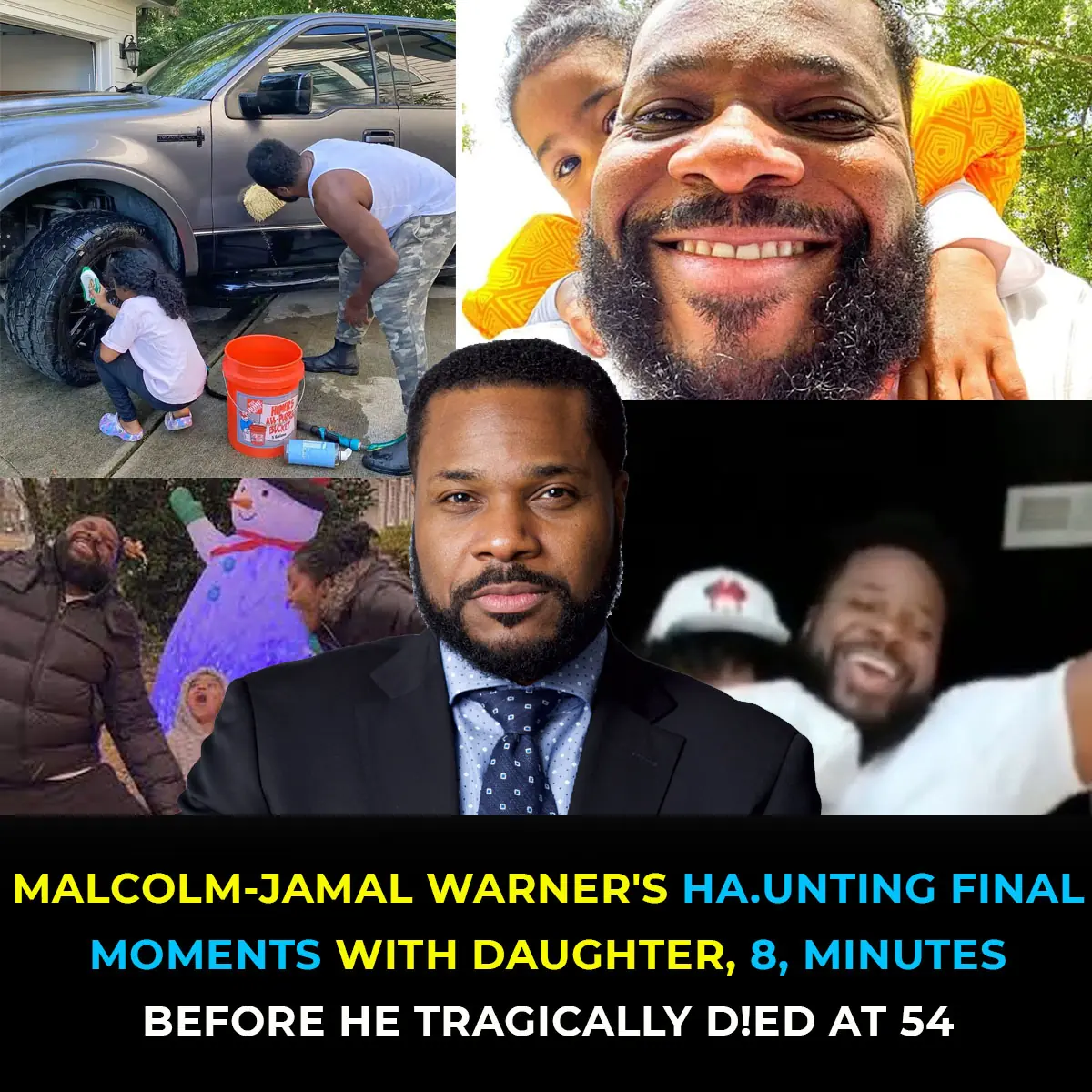
Remembering Ozzy Osbourne, Hulk Hogan, And Other Stars We Lost This Year

Elon Musk's brother makes shocking claim Tesla CEO has not received any salary since 2017

Streaming platform Kick issues statement following Jean Pormanove's death on livestream
News Post

A Trick to Repel Rats Using Common Household Ingredients, Keeping Your Home Clean, Fresh, and Rat-Free

Place a Face Mask in the Refrigerator: A Small Trick with Unexpected Results

Put Ice Cubes in Your Clothes Dryer, and You’ll Be Surprised by the Results

Why You Should Put Coins in the Refrigerator?

Tips for Choosing Good Avocados: Don't Be Tempted by Large Ones, They Are 'A Waste of Money'.
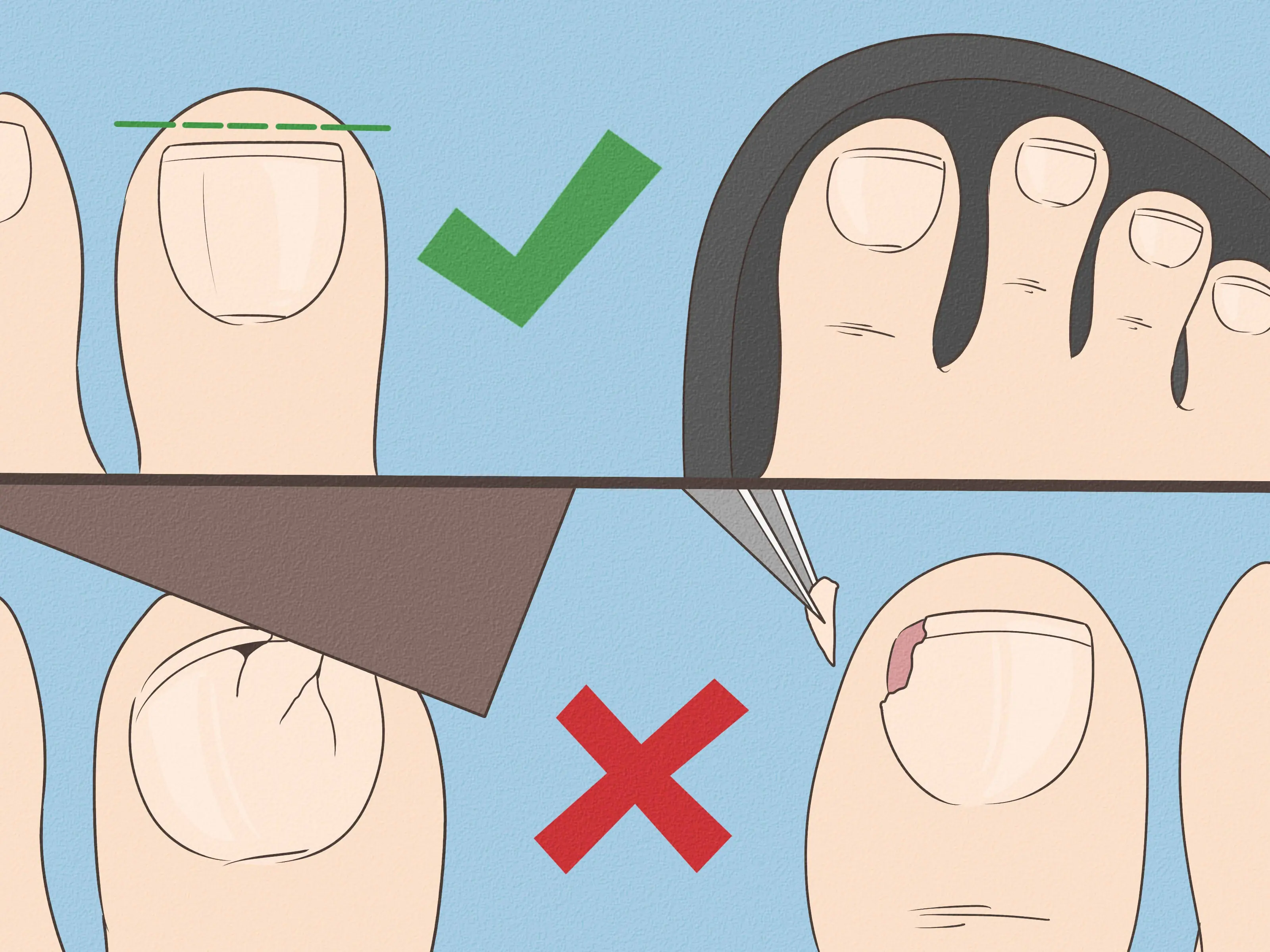
Natural Home Remedies for Ingrown Toenails That Bring Quick Relief
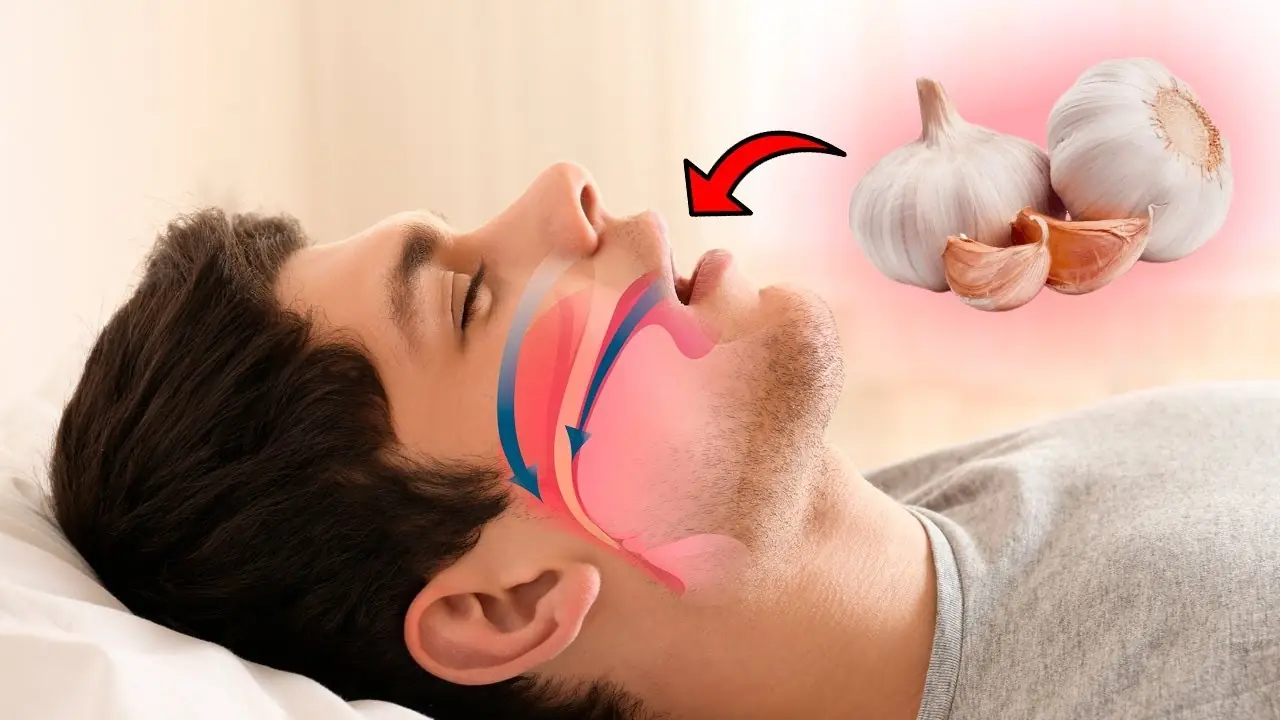
This Is What Happens to Your Body When You Start Eating Raw Garlic
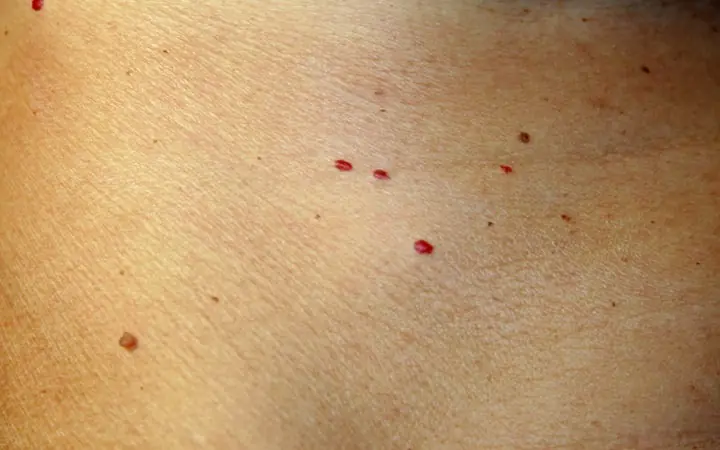
What Those Red Spots on Your Skin Are Warning You About and How to Remove Them Naturally
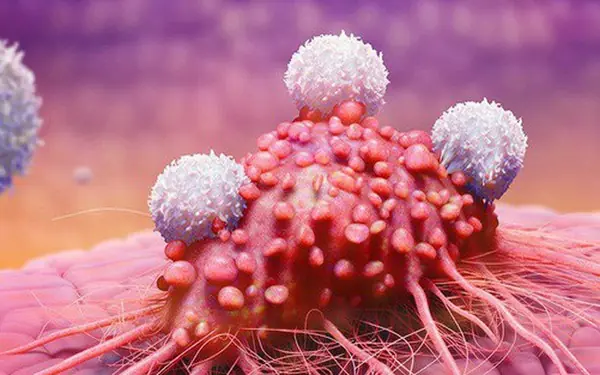
Small Morning Habits That Many Overlook but Boost Blood Flow and Energy

How to use Onion juice & Onion Hair Oil for Hair Growth – Onion Benefits for Hair

What it says about your relationship when your partner sleeps with their back to you
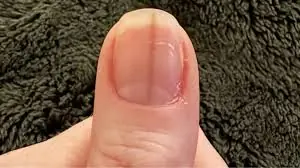
Woman Urged to See Doctor After Spotting Concerning Line

Homemade Okra Face Gel – Collagen Gel for Glowing Skin

Groups of People Who Need to Avoid Eating Bread
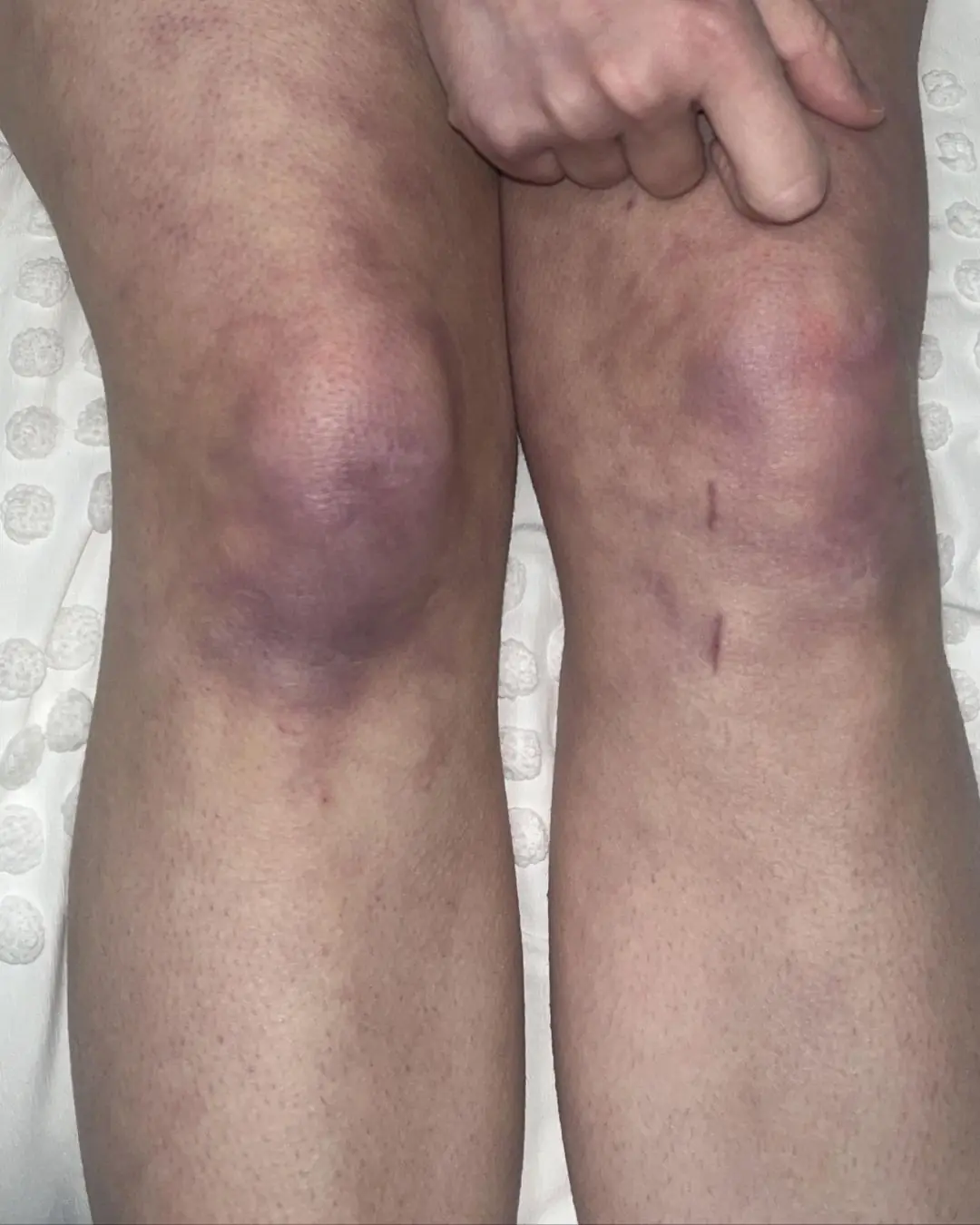
What those strange skin patterns might really mean

Should You Eat Rice for Breakfast
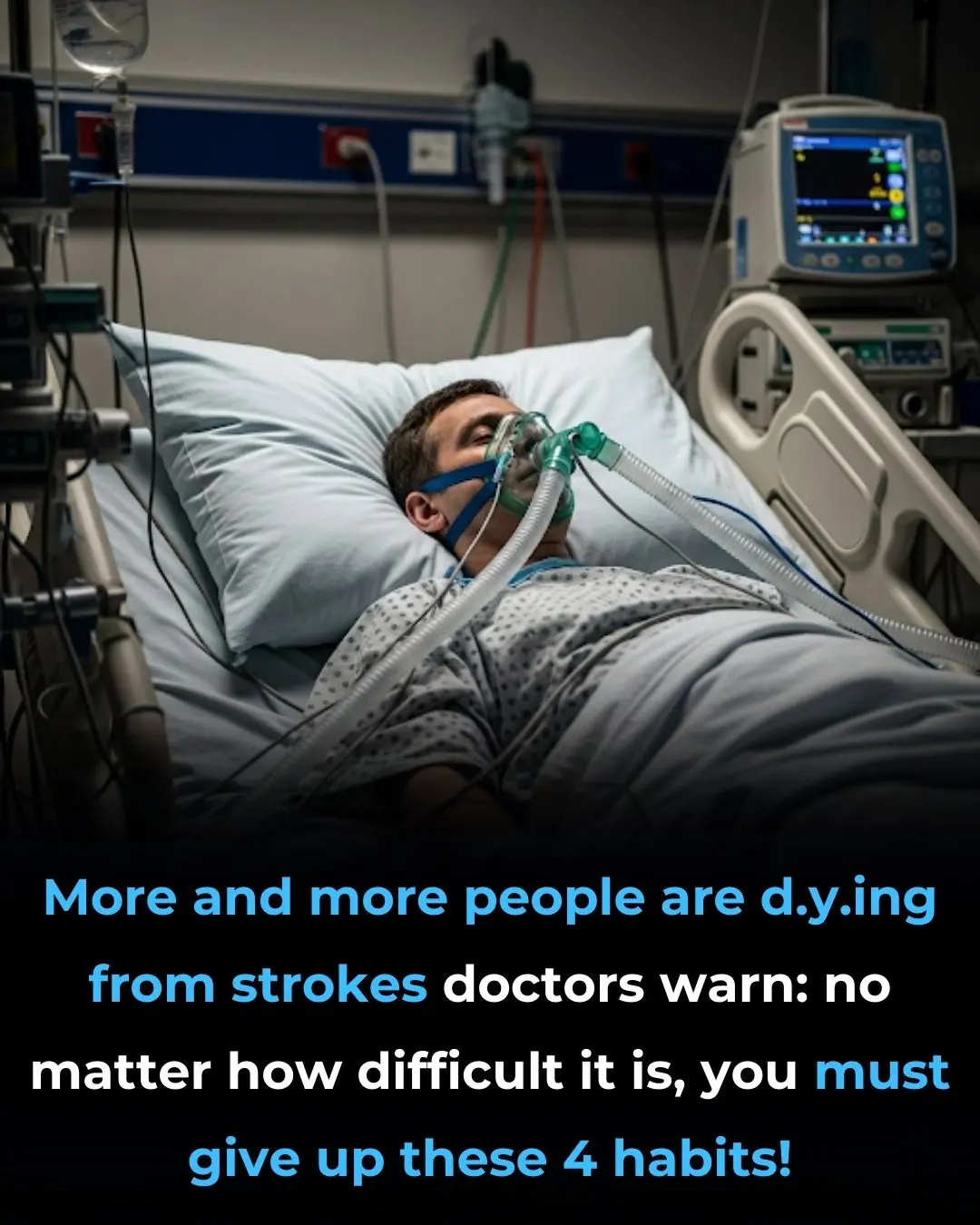
Preventing Stroke At Any Age: 3 “Don’ts” After Meals—And 4 “Don’ts” Before Bed

Why You Should Stop Using Petroleum Jelly On Your Skin (It’s a Byproduct of the Petroleum Manufacturing Process)
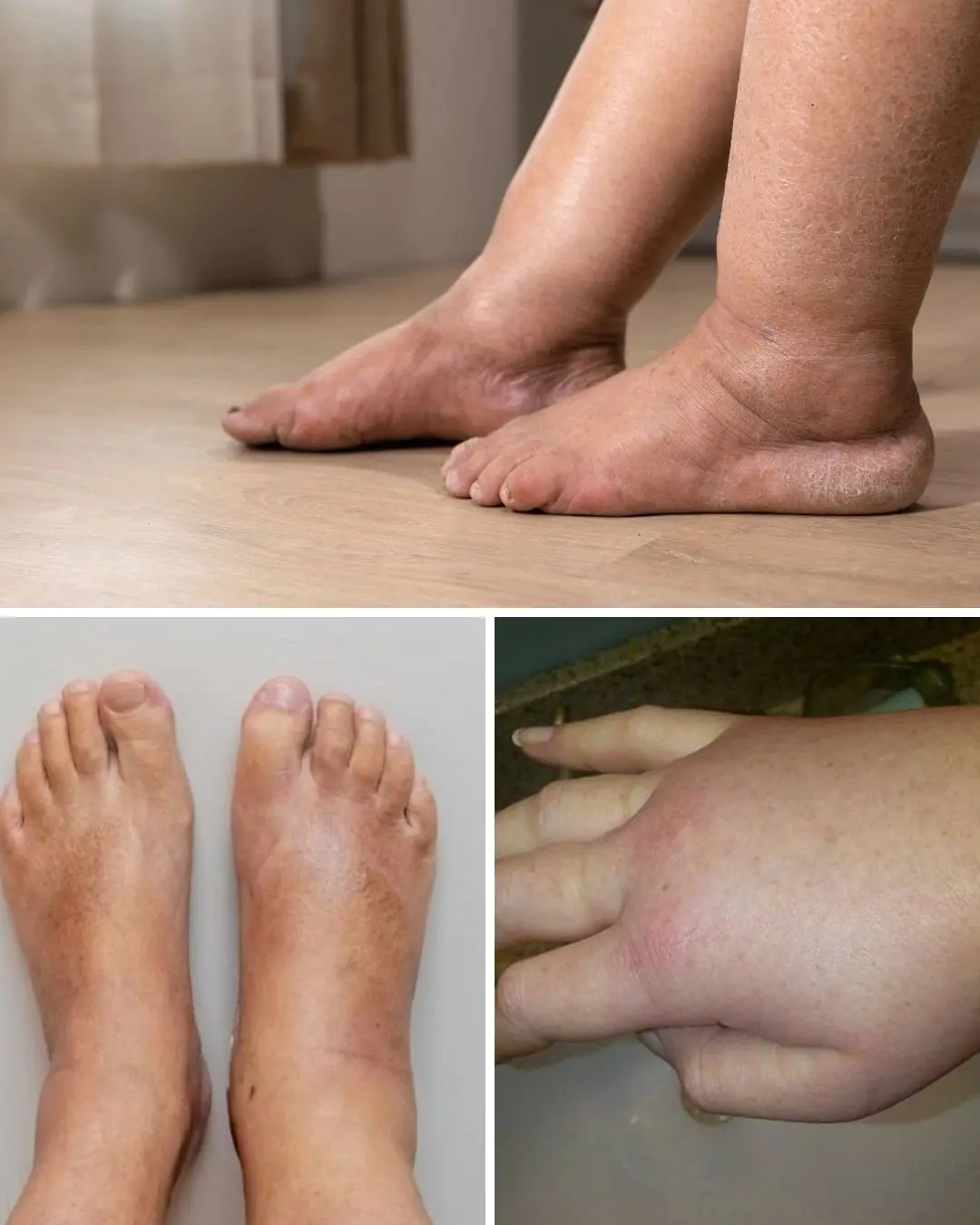
Foods that can ease swelling in hands and feet
